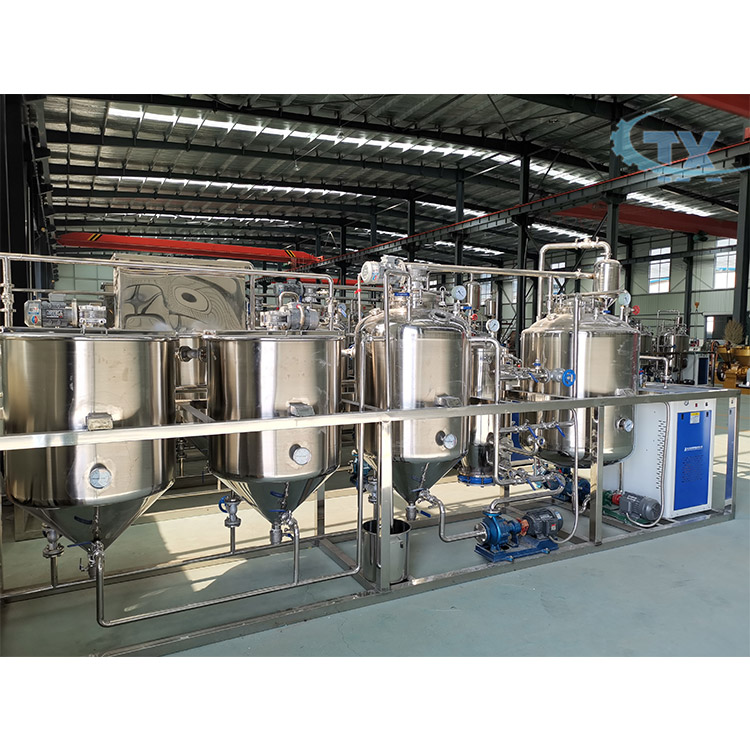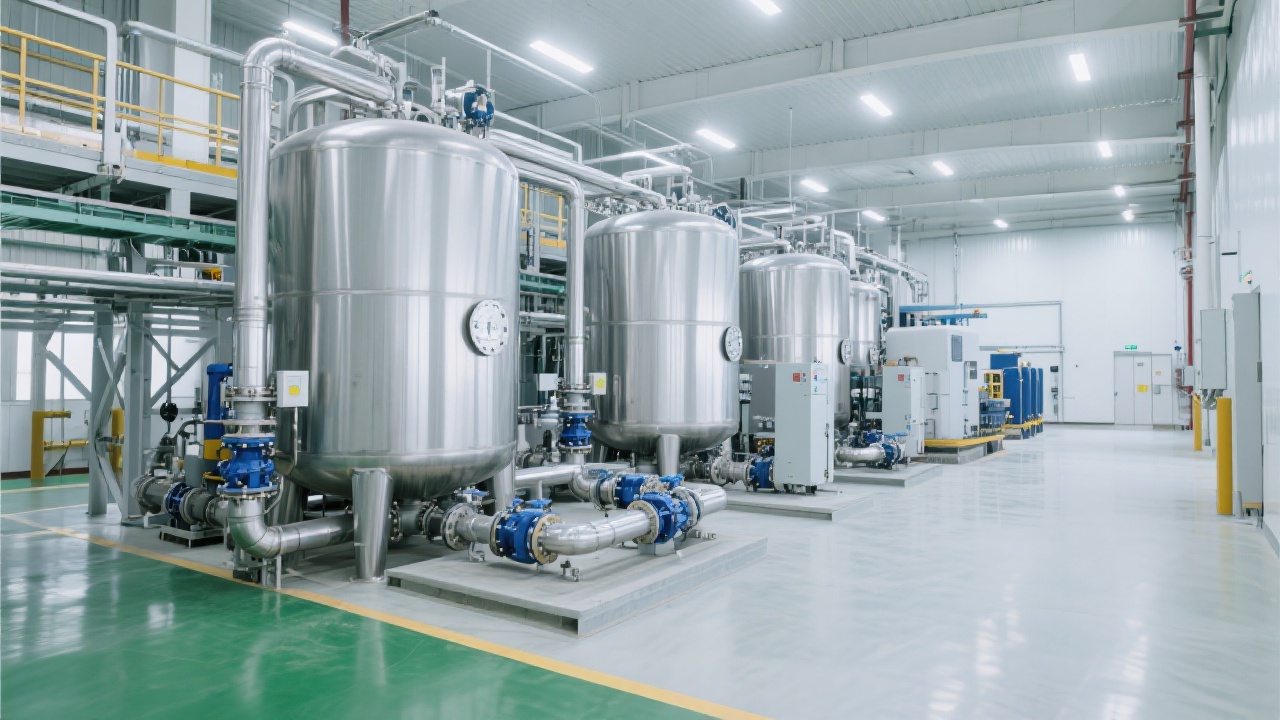
In today’s global food industry, the intersection of environmental sustainability and stringent food safety standards drives innovation in soybean oil processing technology. With tightening regulations on ecological impact and escalating demands for cleaner biofuels, manufacturers increasingly rely on advanced equipment to optimize efficiency while ensuring product purity. This overview explores key green manufacturing trends and technical breakthroughs shaping the modern soybean oil production landscape.
Environmental regulations worldwide now impose stricter limits on emissions, energy consumption, and waste discharge. These mandates propel the adoption of equipment designed to minimize solvent loss and water use during processing. Simultaneously, the booming biofuel sector amplifies the need for high-yield extraction and downstream processing capacity. Leading producers have reported energy savings of up to 30% and solvent recovery efficiency beyond 98% by upgrading to next-generation solvent extraction machinery.
Modern soybean oil processing lines incorporate multifunctional designs that reduce input materials and emissions. For instance, cleaning units now employ closed-loop water systems that cut water usage by up to 40%. Extraction stages utilize advanced solvent recovery systems with multi-stage condensation, effectively capturing residual hexane vapors to curtail environmental contamination. Residual soybean meal is increasingly repurposed as animal feed or bioenergy, facilitating zero-waste objectives.
The refining process has also embraced cleaner technologies—with degumming, neutralization, and bleaching stages optimized to preserve oil quality while reducing chemical inputs and waste byproducts. These enhancements extend oil shelf life and maintain nutritional integrity, offering dual benefits for producers and consumers alike.
| Parameter | Traditional Equipment | Modern Green Equipment |
|---|---|---|
| Energy Consumption (kWh/ton) | 1,200 | 850 |
| Oil Yield (%) | 94.5 | 96.8 |
| Solvent Recovery Rate (%) | 90 | >98 |
| Residue Utilization | 50% Used as Feed | >85% Reused / Bioenergy |
Beyond ecological considerations, food safety remains paramount throughout the soybean oil value chain. Modern equipment is engineered for contaminant filtration, toxin removal, and allergen control at every stage. High-precision filters eliminate particulate and metal impurities, while advanced decolorization and deodorization technologies reduce hazardous compounds such as free fatty acids and oxidation products.
Importantly, traceability systems increasingly intertwine with production machinery. Integrated sensors and digital controls enable real-time quality monitoring and batch tracking, meeting the demands of stringent international standards including HACCP and ISO 22000. This comprehensive approach assures buyers of consistent product safety and transparency.

Investing in environmentally friendly and food-safe soybean oil processing machinery offers measurable market advantages. Surveys indicate that over 60% of international buyers prefer suppliers demonstrating compliance with sustainability standards, often willing to pay a premium for verified green products. Enhanced operational efficiency also lowers production costs by up to 20%, directly improving profit margins.
Furthermore, regulatory approval processes accelerate for enterprises adopting certified green equipment, smoothing entry into regulated markets like the EU, the US, and Japan. This strategic alignment of manufacturing excellence with environmental and safety mandates strengthens brand credibility and long-term viability.

In summary, the transformation of soybean oil processing through green and food-safe equipment is not simply a compliance exercise but a strategic imperative for forward-thinking producers. The synergy of energy savings, solvent efficiency, waste valorization, and rigorous quality assurance equips businesses to thrive amid evolving market dynamics.



